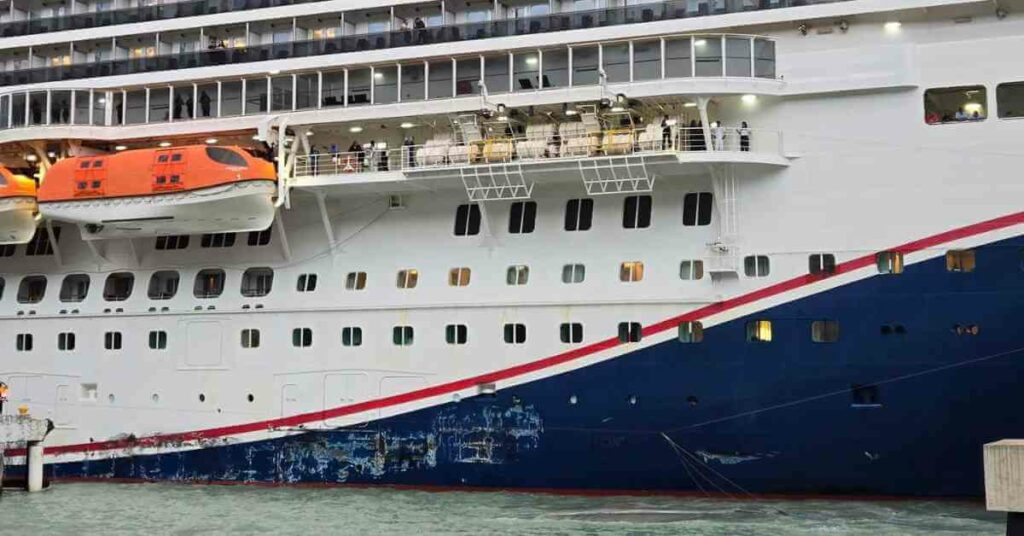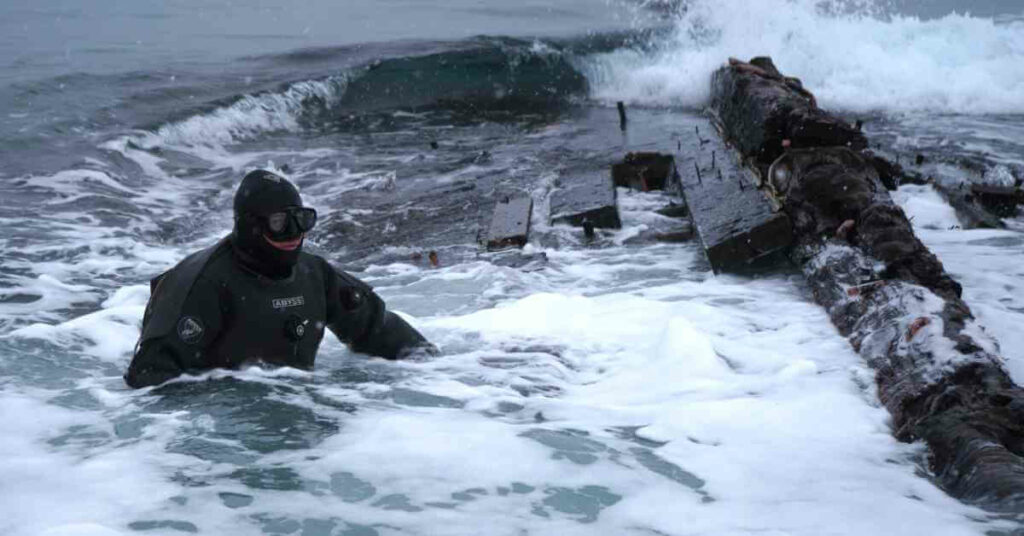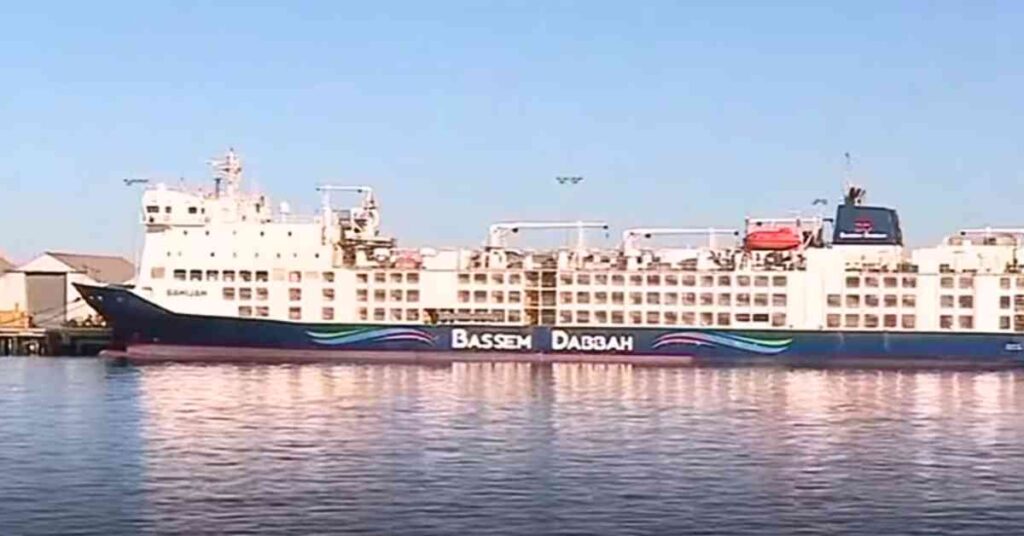How Are Perishable Food Items Shipped?
Perishable food is defined as those that spoil, decay, or become unfit for consumption because they have a limited shelf life after harvest or production. These include meat, poultry, fish, dairy products, produce, and cooked meals.
They require special storage conditions and must be transported in clean, temperature-controlled containers. This is essential to maintain the quality of these items when they are moved from their place of production to the market and the end customer.
Each food type has its own handling requirements because of its varying shelf life. Therefore, it’s something to remember to ensure you can handle shipping conditions.
The easiest way to transport perishable items is by air. However, it has its limitations. Air cargo transport is expensive compared with road, rail, or sea transport, so it may not be economically viable to transport a large volume of cargo by air.
When transporting by sea, a cost-effective solution, there are two options—a reefer cargo ship and a refrigerated container.
Reefer ships are specialized cargo vessels designed specifically for transporting perishable goods such as fruits, vegetables, and seafood.
These ships are equipped with refrigeration systems that maintain a controlled temperature inside the ship’s cargo holds, ensuring the preservation of the perishable goods during transportation.
However, transporting perishable cargo by temperature-controlled intermodal cargo containers by sea is the most preferred method when cargo volumes and cost must be considered.
Reefer containers are insulated shipping containers equipped with portable temperature-control equipment, temperature monitoring, and data logging devices.
The temperature within such containers may be set at the desired level to maintain the quality of the cargo. It may be set at low to very low temperatures, as in the case of transporting frozen meat, or it could be at an ambient temperature range. This would depend on the type of cargo being transported and as prescribed by the producer or manufacturer of the item.
Refrigerated containers are used to transport meat and seafood at -30°C. The same container may be used to move ambient food items at +24°C after the necessary cleaning of the container.
Condensation is a major cause of deterioration and spoilage of perishable goods and their packaging. Hence, all efforts must be taken to ensure that condensation does not form during the loading and unloading of the cargo. This is when it is most susceptible to condensation, as there is a difference in the temperatures between the warehouse and the cargo container.
Timing is critical while shipping perishable items. Waiting time at ports, waiting for customs clearance, transport, etc., have to be factored in while calculating the overall lead time.
Better routes should be chosen for the movement of perishable goods. Perishable goods with limited shelf life should be dropped off and picked up exactly as planned.
The products being shipped must be clean and packages intact. Damaged or leaking packages can lead to contamination and spoilage.
A thorough cleaning ensures the container has no odours that might catch on to other cargo, such as food items. The grooves of the door frame must be clean and even to ensure that the door closes and seals the container perfectly.
An important factor while sending perishable cargo is to provide clear instructions to those handling the goods. Labels showing handling and storage instructions can help preserve the quality and condition of perishable cargo.
Shipping of perishable goods has always been a challenge in logistics. Coordinating the movement of such cargo between the supplier’s warehouse, transporter, customs and health authorities, and the customer is not easy. Any miscalculations can result in considerable losses to the stakeholders.
Have you ever worked on reefer cargo ships or refrigerated containers? Let us know in the comments.
Disclaimer: The authors’ views expressed in this article do not necessarily reflect the views of Marine Insight. Data and charts, if used in the article, have been sourced from available information and have not been authenticated by any statutory authority. The author and Marine Insight do not claim it to be accurate nor accept any responsibility for the same. The views constitute only the opinions and do not constitute any guidelines or recommendations on any course of action to be followed by the reader.
The article or images cannot be reproduced, copied, shared or used in any form without the permission of the author and Marine Insight.
Do you have info to share with us ? Suggest a correction

About Author
Zahra is an alumna of Miranda House, University of Delhi. She is an avid writer, possessing immaculate research and editing skills. Author of several academic papers, she has also worked as a freelance writer, producing many technical, creative and marketing pieces. A true aesthete at heart, she loves books a little more than anything else.
Latest Videos Articles You Would Like:
- Cruise Ship Damaged Due To Severe Weather, Passengers Stuck Abroad
- Archaeologists Examine 19th-Century Shipwreck Found On Canadian Coast
- Australia Stops Livestock Ship From Sailing Around Africa To Israel Amidst Houthi Attacks
- Iran Warns U.S. Of Targeting Cargo Ships Following Latest Airstrikes On Houthis
- Watch: Ukrainian Forces Destroy Russian Missile Boat In Black Sea Operation
- Two Dead After Tragic Collision Between Water Taxi And Passenger Ferry In the Philippines
Subscribe To Our Newsletters
By subscribing, you agree to our Privacy Policy and may receive occasional deal communications; you can unsubscribe anytime.















